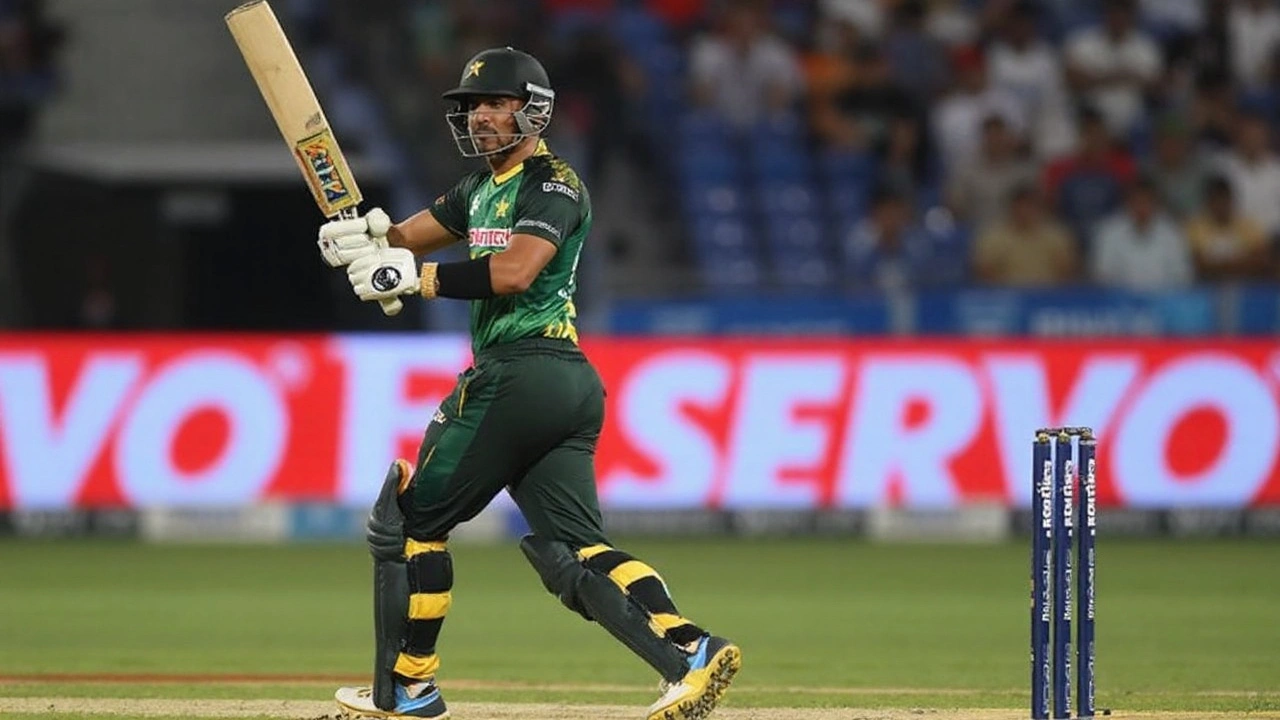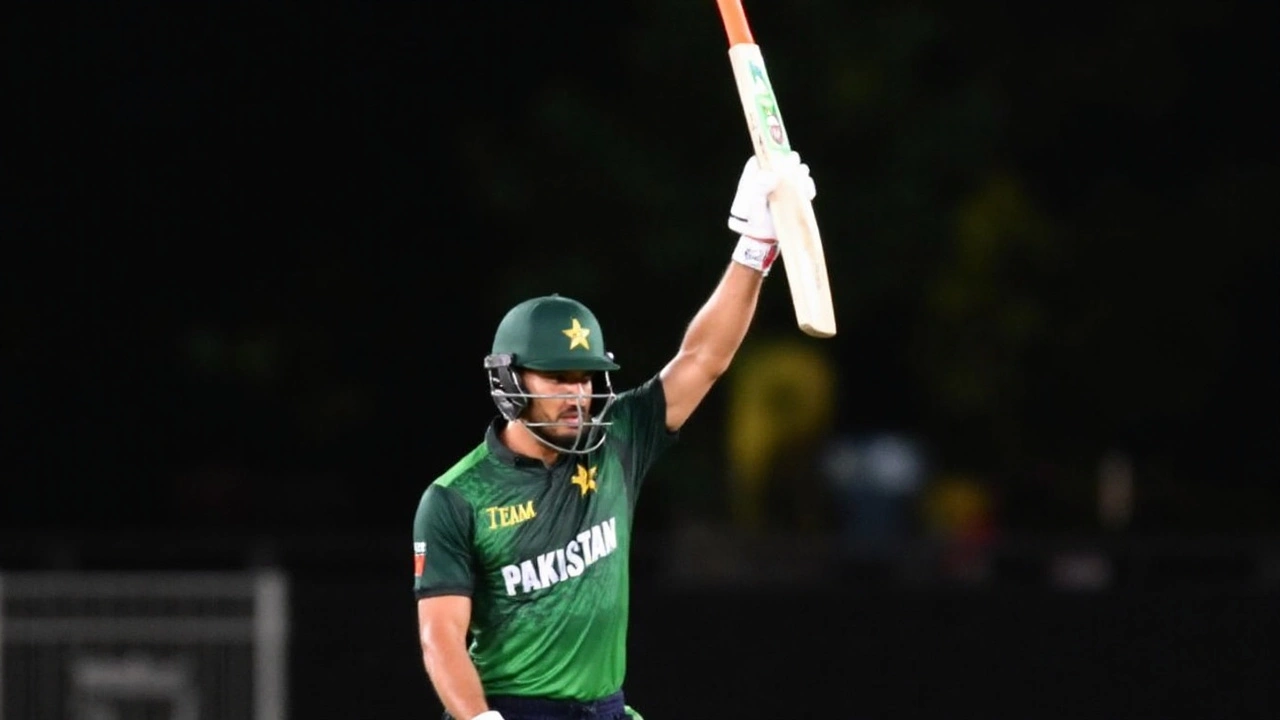T20I spark, ODI slump: Pakistan’s split personality on tour
The Pakistan vs West Indies 2025 tour packed both extremes into two weeks: a confident T20I win built on nerve and intent, and an ODI series lost on the back of a collapse so stark it will sit in team debriefs for months. From July 31 to August 12, Pakistan’s newer faces rose in the shortest format before the team fell apart in the longest white-ball game, exposing familiar issues under pressure.
Pakistan took the T20Is 2-1 with performances that mixed composure at the death and bursts of clean hitting. In the opener, they posted 178/6 and then closed out with the ball to hold West Indies to 164/7, a 14-run result that felt controlled rather than frantic. The second game flipped the mood. Pakistan’s 133/9 left the door open, and the hosts squeezed through in a last-over finish, chasing it by two wickets with no balls to spare. The decider swung back Pakistan’s way. A strong 189/4 set the tone, and disciplined bowling kept West Indies to 176/6 for a 13-run series-clinching win.
Three matches, three distinct patterns. The common thread for Pakistan in T20Is was clarity. They ran better, found the boundary at key moments, and handled the last five overs far smarter than they often have. Their bowlers hit the deck hard, used the larger side of the ground well, and kept their cool when the hosts counter-punched.
West Indies were no passengers. They stretched Pakistan in tight chases and leaned into their power game. But Pakistan’s fielding was sharper, and their decision-making late in the innings was tidier. That edge showed in both narrow and comfortable wins.
- T20I series: Pakistan won 2-1.
- Match margins: Pakistan by 14 runs; West Indies by 2 wickets; Pakistan by 13 runs.
- Pakistan totals: 178/6, 133/9, 189/4.
- West Indies totals: 164/7, successful chase off the last ball, 176/6.
It also mattered that Pakistan backed youth. Even without headline performances in every game, the energy was obvious. Quick singles turned into twos. Boundary droughts didn’t drag on. The middle overs weren’t wasted. That template is what Pakistan have often lacked in tournament knockouts; here, it looked rehearsed.
West Indies will feel they were only a couple of clutch moments away from flipping the series. Their attack created chances in every game, and their middle order had their moments. But they conceded just a few too many in the final five overs of Pakistan’s batting in the first and third T20Is, and that was the thin line.

ODIs expose old wounds: a chase, a rain twist, then a crash
The 50-over leg told a very different story. Pakistan started well, then lost their shape as West Indies adjusted better to changed conditions and scoreboard pressure.
In the first ODI, West Indies put up 280, a total that usually demands a clean chase. Pakistan paced it well and got home by five wickets, with debutant Hassan Nawaz making a calm, unbeaten 63. He played late, left well, and didn’t get dragged into ego battles. For a debut in a chase, it was a mature effort that steadied the middle and shut out the noise as the target closed in.
The second ODI was shaped by rain and the DLS method. Pakistan were 171/7 in 37 overs when weather intervened. West Indies were given a revised target of 181 off 35 and got there at 184/5 in 33.2 overs. The key bit: Pakistan never quite found an extra gear with the bat to push the par score higher before the interruption. That left the bowlers little margin, and the hosts didn’t waste it.
The decider was brutal. West Indies reached 294/6, with Shai Hope anchoring the innings with a poised, unbeaten 120. The strike rotation was tight, and the innings never stalled for long. Then came Pakistan’s unraveling: 92 all out in 29.2 overs. It was their worst ODI batting display against West Indies, and it delivered the hosts their largest win by runs over Pakistan in the format. Jayden Seales ripped up the script with 6/18, a career-best burst built on pace through the air and precision at the stumps. He attacked the top of off, dragged batters across the crease, and didn’t feed release shots. It was ruthless and clinical.
When collapses like this happen, it usually isn’t one thing. Pakistan’s top order fenced rather than committed. Feet stayed stuck. The backlift grew heavier as the score looked uglier. By the time the middle order tried to counterpunch, Seales and company had the ball tailing and the fielders closing the angles. West Indies’ plans were simple and relentless: hard lengths, just outside off, and no freebies. Pakistan obliged with airy drives and loose pokes.
ODIs tend to reward calm rebuilds, but Pakistan panicked once two quick wickets fell. The singles dried up. The sweepers were found too often. Strike rotation, so clean in the first ODI, broke down completely. A small target without a clear plan can be harder than a big one with a settled chase map; this was the former.
Seales walked away with the ODI Player of the Series, and rightly so. He was the difference in the decisive phases, not just in the final game but in keeping Pakistan under pressure across the series. Hope’s hundred in the last match was classic modern ODI batting: low risk, high value, accumulating rather than exploding, and letting others hit around him.
- ODI series: West Indies won 2-1.
- Key moments: Hassan Nawaz 63* on debut in a five-wicket chase; DLS chase by West Indies in the rain-hit second ODI; Pakistan 92 all out in the decider.
- Standouts: Jayden Seales 6/18; Shai Hope 120*.
So what does this tour really say about Pakistan? The T20 template looks livelier. Young players embraced roles, and the team made smarter use of the last five overs with bat and ball. The ODI template, though, remains fragile. Under scoreboard tension, the top order still gets dragged into defensive bubbles, and the middle order waits too long to reset the tempo.
This split personality isn’t new, but it is fixable. Pakistan need two things in ODIs: a clearer batting order with defined gears, and a firm plan for the first 15 overs, both when batting and bowling. They chased 280 smoothly once because the roles were clean and the strokeplay matched the field. They collapsed because those same roles blurred under pressure, and decision-making frayed.
For West Indies, the ODI win matters more than the T20I loss. It builds on a pattern at home: disciplined new-ball spells and a settled anchor in Hope, wrapped by hitters who don’t need to go early. If the bowling unit stays fit, Seales’ control and pace offer a real new-ball threat that can travel. Their white-ball rebuild has been about eliminating chaos, and this series showed the plan in action.
Hassan Nawaz’s debut deserves another mention. Pakistan have searched for middle-order calm in ODIs, someone who can absorb a wobble and still keep the board ticking without locking in. His 63* didn’t just fill a box on the scorecard; it slowed the game down when it needed slowing, then nudged it forward. That skill is rare for a newcomer and will be crucial on tougher pitches.
Numbers tell the story, but the mood tells the future. Pakistan’s T20 group leaves with belief; the ODI group leaves with homework. West Indies exit with a template that travels across formats: hit the deck, bowl to fields, take the singles, and make the opposition crack first. Across six games, both teams found something to build on—and something to fix—before their next white-ball tests.



